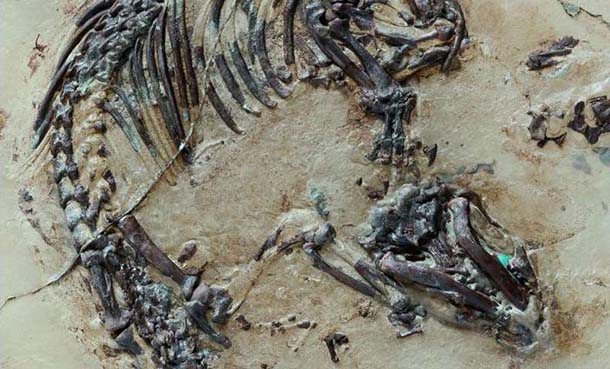-
Tips for becoming a good boxer - November 6, 2020
-
7 expert tips for making your hens night a memorable one - November 6, 2020
-
5 reasons to host your Christmas party on a cruise boat - November 6, 2020
-
What to do when you’re charged with a crime - November 6, 2020
-
Should you get one or multiple dogs? Here’s all you need to know - November 3, 2020
-
A Guide: How to Build Your Very Own Magic Mirror - February 14, 2019
-
Our Top Inspirational Baseball Stars - November 24, 2018
-
Five Tech Tools That Will Help You Turn Your Blog into a Business - November 24, 2018
-
How to Indulge on Vacation without Expanding Your Waist - November 9, 2018
-
5 Strategies for Businesses to Appeal to Today’s Increasingly Mobile-Crazed Customers - November 9, 2018
Fossil discovery uncovers oldest mammal hair ever known
Researchers say the animal’s abnormally shortened hairs suggest the presence of a fungal skin infection called dermatophytosis, common among modern mammals – evidence that ancient animals may suffered from numerous same diseases present today.
Advertisement
‘Spinolestes is a spectacular find. “It is stunning to see nearly perfectly preserved skin and hair structures fossilized in microscopic detail in such an old fossil”, said study co-author Zhe-Xi Luo, PhD, professor of organismal biology and anatomy at the University of Chicago.
The researchers were startled by one other detail: The hairs on the back of the Cretaceous mammal are fused into small spines.
Scurrying under the feet of dinosaurs in swampy terrain in Spain around 125 million years ago was a furry chipmunk-sized critter with tiny hedgehog-like spines, horny body armor and an unpleasant fungal hair infection. Experts from the Autonomous University of Madrid, University of Bonn and the University of Chicago state it was similar in appearance to an opossum and the size of a rat and weighed 50g to 70g.
Scientists on Wednesday announced the discovery near the Spanish town of Cuenca of the stunningly well-preserved fossil of a Cretaceous Period mammal named Spinolestes xenarthrosus. The tooth structure indicates the mammal was a ground-dweller that had a diet of insects. It spent most of its time searching for insects and other small animals, digging and scratching them up with its strong back legs. The small mammal owes its name, Spinolestes (from spinosus, Latin for “spiny”), to them. “We would need a new specimen…”
“Similar structures are found today in armadillos and anteaters but also in the African hero shrew”, Martin said. It was too tiny, however, to have been of much interest to Concavenator, he said.
The study used high-speed cameras to track the torsos of humans and chimpanzees while walking. The research team has dubbed it as a “cute furball”. They resemble those of a hedgehog but are much smaller. The outer ear can be seen at the upper edge of the photo (arrow).
‘When this actual transition occurred is still an open question’.
“Hairs and hair-related integumentary structures are fundamental to the livelihood of mammals, and this fossil shows that an ancestral, long-extinct lineage had grown these structures in exactly the same way that modern mammals do”, Luo said.
The specimen is the first example of a Mesozoic mammal with fossilised soft tissues in the thorax and abdomen.
Detailed analysis revealed microscopic airways forming part of the lung and iron-rich residues associated with the liver. These areas were separated by a curved boundary that is thought to be a muscular diaphragm for respiration. This is the first time that paleontologists were able to identify spines in a fossil from the Mesozoic era. Within the ribcage, there are patches of soft tissue that contain tubular structures in a branching pattern, which the team interprets as preserved lung tissue.
A more developed form of scutes can be seen in modern armadillos and pangolins. The scientists speculate that this might provide a clue as to the animal’s lifestyle.
Advertisement
Modern armoured shrews use their exceptional vertebral strength in the same way. The fact that such a system was found in Spinolestes suggests many characteristics of modern mammals were already established millions of years before dinosaurs went extinct.




























